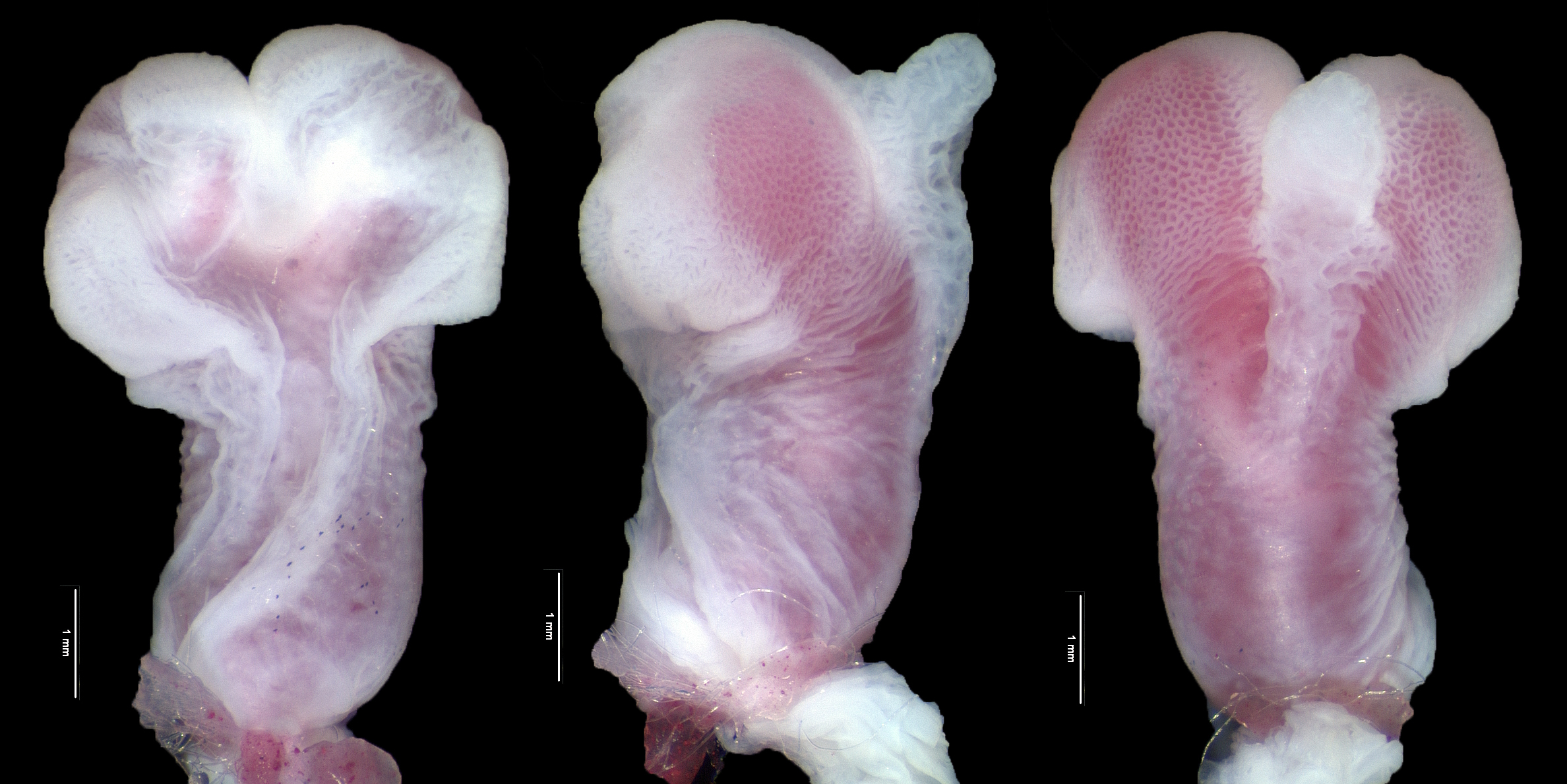Lizard Penises Evolve at Super-Speed

A lizard's penis evolves six times faster than any of its other parts, a new study finds.
The study is the first to directly measure the evolution rate of the penis of any species, though researchers have long suspected that the male genitalia evolve faster than other body parts, said study researcher Julia Klaczko, a biologist at the University of Campinas in Brazil.
"What we see is, sometimes, very close species have very different hemipenes or genitalia," Klaczko told Live Science. Hemipenes are the pair of organs that make up the version of a penis found in snakes and lizards. But dramatic genital differences are seen among closely related animals with penises, as well. [The 7 Weirdest Animal Penises]
Quick-changing penises
Because penises are often so different even in species that otherwise look almost identical, researchers frequently use genitals to discriminate between different species. Klaczko and her team chose to measure the genitals of 25 species of Anolis, a group of lizards that live in the Caribbean. Anolis lizards are a well-studied group, and researchers have lots of information about the relationships between the species, as well as their habitats and body shapes, Klaczko said.
The lizards' hemipenes are tubular structures with a groove through which semen can flow. The researchers measured the length and width of the hemipenes in several specimens of each species. For comparison, they also measured the length of the lizards' limbs, which evolve in response to the vegetation in the animals' habitats, and the size of their dewlaps, which are the flaps of tissue near the throat that the lizards use for communication.
Next, using mathematical modeling, the researchers estimated the rates of evolution necessary to arrive at the differences in genitals, limbs and dewlaps. The result? Male genitalia change six times faster than either legs or throat flaps, making them more diverse in shape and size from one another than the other body parts.
Sign up for the Live Science daily newsletter now
Get the world’s most fascinating discoveries delivered straight to your inbox.
Picky females or sexual warfare?
Klaczko and her colleagues aren't sure what drives the rapid alterations in hemipenes. One possibility is that females pick mates with pleasing penises, whether that means their genitals are more stimulating or a better "fit" in the female genitalia.
Another, less cooperative, possibility is that male and female lizards are locked in an evolutionary arm's race in which both are trying to control reproduction. If this is the case, then males may be evolving genitals that give them an advantage in fertilization, while females evolve their genitals in an attempt to take that advantage back.
One known example of such a sexual arms race is the duck. Some duck species have corkscrew vaginas that spiral in the opposite direction of the males' corkscrew penises, so the females can better resist unwanted mating attempts.
So far, the researchers haven't studied female Anolis genitals, in part because vaginas are just harder to dissect and measure than hemipenes, Klaczko said. The next step, she said, is to try to understand the drivers in the variation in hemipenes' shape and whether it has to do with differences in habitat, relationships between species, or some other factor.
The researchers reported their findings Jan. 5 in the Journal of Zoology.
Follow Stephanie Pappas on Twitter and Google+. Follow us @livescience, Facebook & Google+. Original article on Live Science.

Stephanie Pappas is a contributing writer for Live Science, covering topics ranging from geoscience to archaeology to the human brain and behavior. She was previously a senior writer for Live Science but is now a freelancer based in Denver, Colorado, and regularly contributes to Scientific American and The Monitor, the monthly magazine of the American Psychological Association. Stephanie received a bachelor's degree in psychology from the University of South Carolina and a graduate certificate in science communication from the University of California, Santa Cruz.










